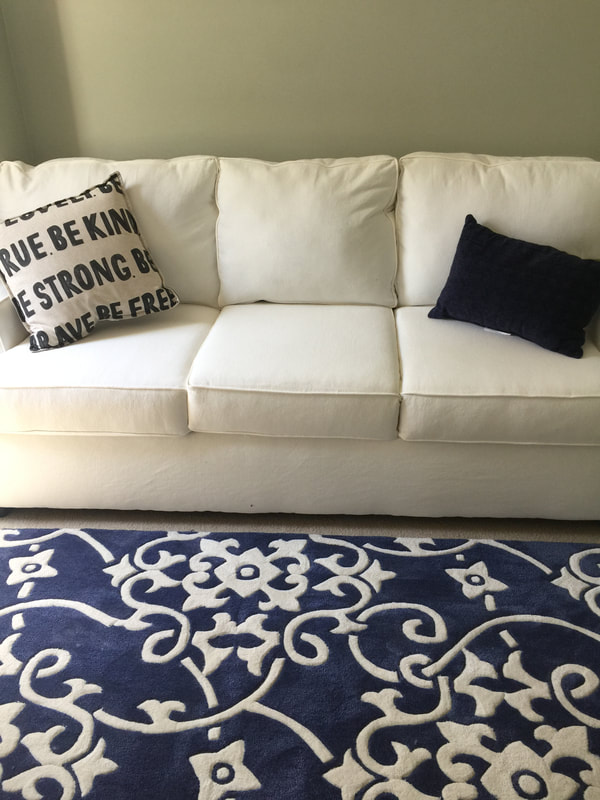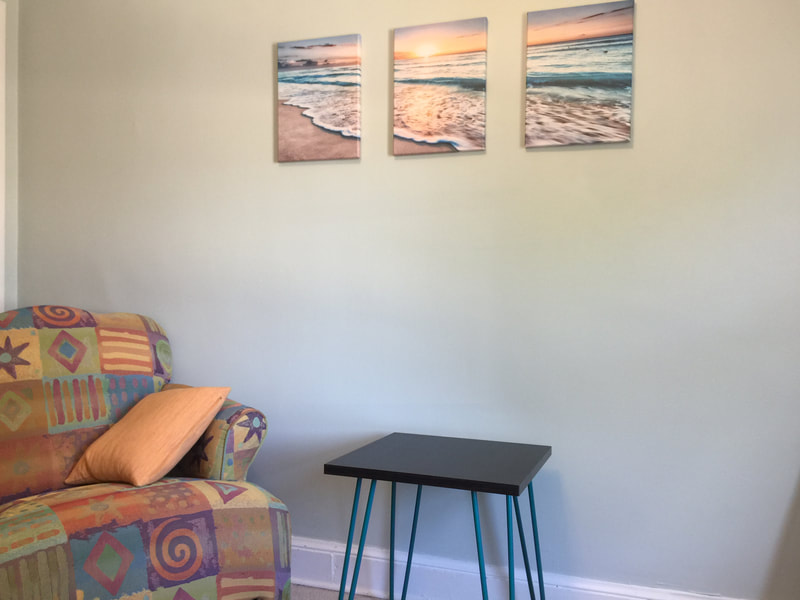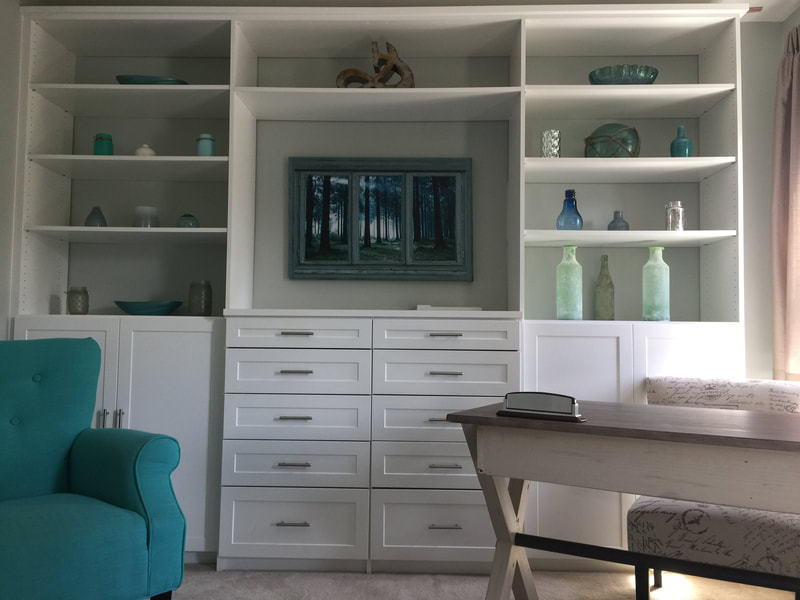|
At our center, we practice Cognitive-Behavioral therapy, otherwise known as "CBT."
CBT is an evidence-based treatment employed for the treatment of anxiety, depressive, and obsessive-compulsive spectrum disorders. It involves examining and challenging how our thought processes can contribute to and maintain feelings of anxiety and depression, how feelings of isolation and inactive interests can increase feelings of depression, and it focuses on how we can gradually confront the places, situations, or people that we fear so our fear reduces in the present and future. Currently, only a small percentage (some studies estimate around 15%) of clinical psychologists are trained in exposure therapy. Exposure therapy is the most evidence-based treatment for anxiety. Exposure therapy comes in two iterations: gradual and flooding. It involves either a graduated, systematic approach to confronting one's fears or facing the main fear directly. Most patients opt for the gradual approach, but both approaches are effective. For more information, take a look at an article Dr. Kaplan co-authored on Exposure Therapy: |
How to use Cognitive-Behavioral Therapy to your advantage?
In this treatment, cognitive restructuring and behavioral exercises will be designed expressly for your anxiety symptoms, and your psychologist will coach you through them as you practice. You can see that what you get out of CBT depends very heavily on what you put into it. It also depends on your therapist coming up with an cognitive and behavioral exposure plan that fits your particular fears. A useful analogy is that of an athlete who gets help from an expert coach. Suppose that a baseball player is in a batting slump and does not know how to get out of it. An expert coach will watch the batter and figure out what has to be done differently. Then practice exercises will be assigned to correct the problem. If the coach is not knowledgeable and does not analyze the batter’s problem correctly, or provide useful exercises, no amount of practicing the wrong exercises will correct the problem. On the other hand, if the coach prescribes just the right exercises, but the batter does not follow the coach’s instructions, the coaching won’t be useful. Also, if the batter agrees with the coach but doesn’t practice, even expert coaching won’t be useful. CBT is much the same. If your psychologist gives you essential skills to do and you decide that you know better, or you change them around to make them easier, or you reject them, therapy will not be helpful. Also, if you do not practice as much as you should, you will not get the relief that you want.
It takes hard work to confront situations, feelings, and thoughts that you would usually avoid. However, in order to reduce anxiety, you must practice your specific cognitive and behavioral plan and find out that anxiety and distress will decrease, and that no terrible things will occur. Therefore, as you practice, these exercises become easier and easier, and your urges to avoid or escape become less and less over the course of treatment. In order to experience these anxiety reductions, it will be important to follow your psychologist's instructions, as your therapist will help you design exposure practices that are specifically designed to help you with your symptoms.
It takes hard work to confront situations, feelings, and thoughts that you would usually avoid. However, in order to reduce anxiety, you must practice your specific cognitive and behavioral plan and find out that anxiety and distress will decrease, and that no terrible things will occur. Therefore, as you practice, these exercises become easier and easier, and your urges to avoid or escape become less and less over the course of treatment. In order to experience these anxiety reductions, it will be important to follow your psychologist's instructions, as your therapist will help you design exposure practices that are specifically designed to help you with your symptoms.
Our Office Environment
We have specifically designed our offices with the idea that coming to treatment should not feel clinical.
We want you to feel as comfortable as possible.
Our office aesthetic has been described by our patients as "welcoming, calming, and home-like."
We hope to welcome you seamlessly into the comfort of treatment.
We want you to feel as comfortable as possible.
Our office aesthetic has been described by our patients as "welcoming, calming, and home-like."
We hope to welcome you seamlessly into the comfort of treatment.





